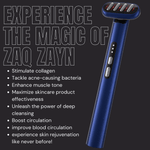Menu
Shop
Shop
Skin Device & Tools
Gemstone Tools
Gemstone Tools
Gemstone Tools
Gemstone Tools
Popular collections
Elevate Your Skincare Game with Cutting-Edge Skin Devices for Visible Results

















































